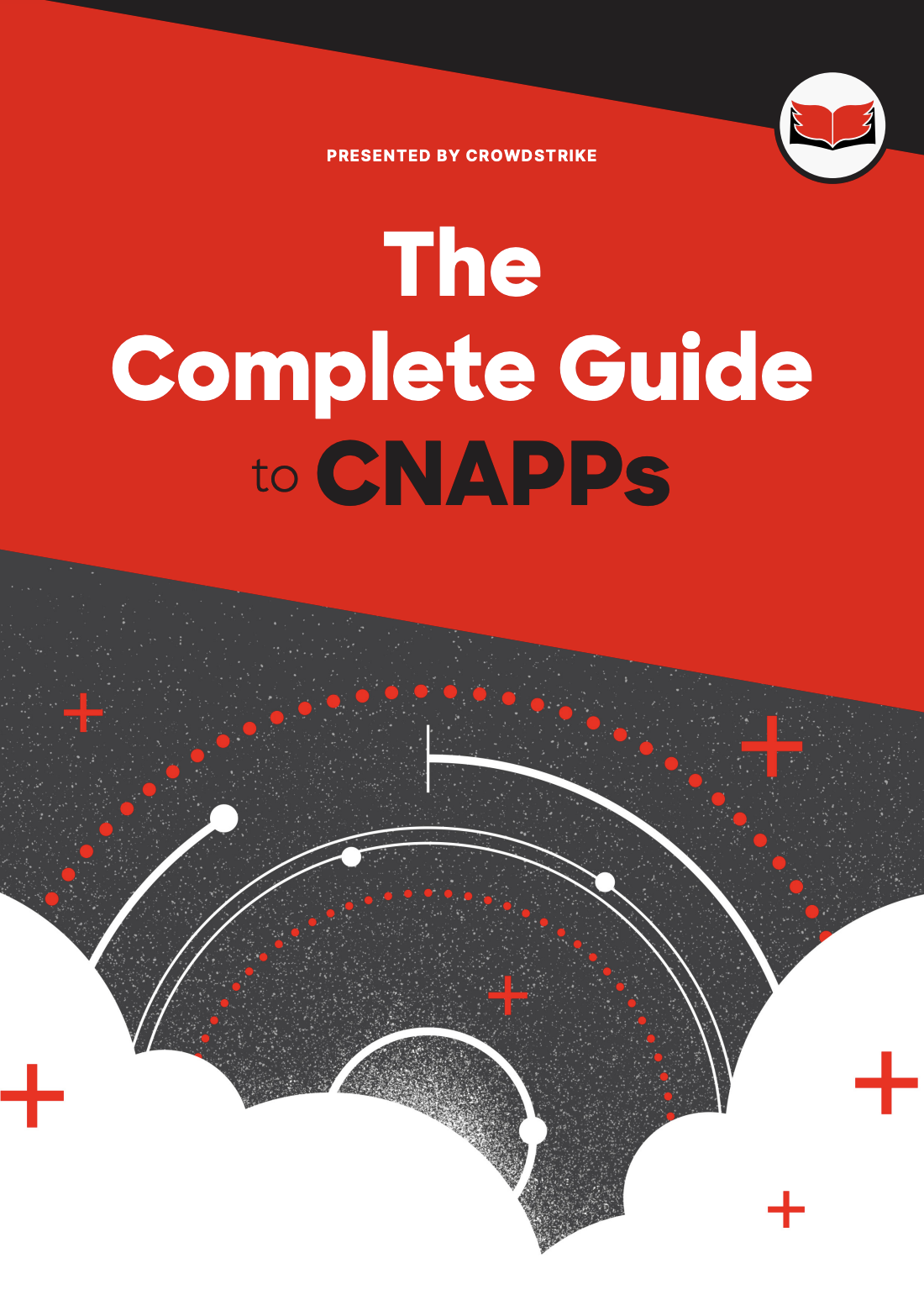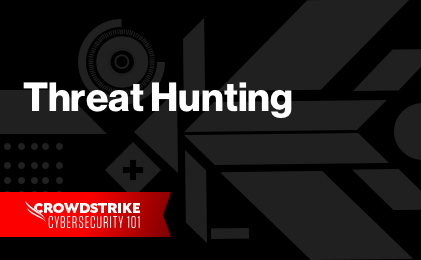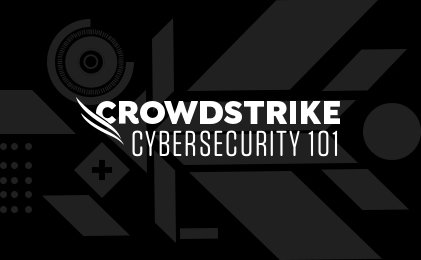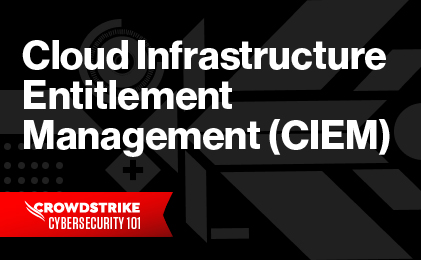Cloud Security Posture Management (CSPM)
What Is Cloud Security Posture Management (CSPM)?
Cloud security posture management (CSPM) provides visibility into your cloud security and strengthens your compliance posture by automating the identification and remediation of risks across cloud infrastructures, including infrastructure as a service (IaaS), software as a service (SaaS), and platform as a Service (PaaS). CSPM provides multi-cloud visibility with a single source of truth for cloud resources, and it automatically prevents cloud misconfigurations and application vulnerabilities. This allows for improved risk visualization and assessment, accelerated incident response, improved compliance monitoring and remediation, and optimized DevOps integration. CSPM uniformly applies best practices for cloud security to hybrid, multi-cloud, and container environments.
The importance of CSPM
The adoption of the cloud has fundamentally changed how businesses go to market and develop modern applications. Today’s application development life cycle places a premium on speed to market, requiring development teams to build cloud-native applications supported by a programmable infrastructure that enables businesses to change and reconfigure the cloud infrastructure on the fly.
Over the course of a day, a cloud may connect to and disconnect from hundreds or even thousands of other networks. This dynamic nature makes clouds powerful, but it also makes them hard to secure. Thus, the shift to the cloud presents new challenges that make it difficult for security teams to keep up. These challenges include poor visibility and control of cloud resources, fragmented approaches to detecting and preventing misconfigurations, an increasing number of security incidents, and the inability to maintain compliance. As a cloud-first philosophy becomes the norm, cloud security challenges become more acute because traditional security methods fail in cloud environments. And adversaries are quickly developing skills to exploit gaps in traditional cloud security — CrowdStrike observed a 75% increase in overall cloud intrusions and a 110% spike in cloud-conscious attacks in 2023, with adversaries using valid credentials to access cloud environments and legitimate tools to hide their activity.
Traditional security doesn’t work in the cloud because:
- There is no perimeter to protect
- Manual processes cannot occur with the necessary scale or speed
- The lack of centralization makes visibility extremely difficult to achieve
Though cloud-based computing delivers overall cost benefits, ensuring security can eat into the return on investment (ROI) if not managed correctly. There are so many moving pieces — microservices, containers, Kubernetes, serverless functions, etc. The infamous cybersecurity skills gap is even more apparent in the cloud, as new technologies are rolling out faster than enterprises can keep up with.
Along with these new technologies is the idea of infrastructure as code (IaC), in which infrastructure is managed and provisioned by machine-readable definition files. This API-driven approach is integral to cloud-first environments because it makes it easy to change the infrastructure on the fly, but it also makes it easy to program in misconfigurations that leave the environment open to vulnerabilities. According to IBM’s Cost of a Data Breach Report 2023, the estimated average cost of a breach is more than $4.45 million USD. Businesses need full cloud visibility, including applications and APIs, to eliminate misconfigurations, vulnerabilities, and other security threats in real time.
Underlying all of these issues is the greatest vulnerability of all: lack of visibility. In environments as complex and fluid as the typical enterprise cloud, there are hundreds of thousands of instances and accounts. Knowing what or who is running where and doing what is only possible through sophisticated automated detection. Without this help, vulnerabilities arising from misconfigurations can remain undetected until there is a breach.
Cloud security posture management addresses these issues by continuously monitoring risk in the cloud through automated detection, prevention, incident response, and prediction of forthcoming risk.

The Complete Guide to CNAPPs
Download CrowdStrike’s Complete Guide to CNAPPs to understand why Cloud-Native Application Protection Platforms are a critical component of modern cloud security strategies and how to best integrate them to development lifecycles.
Download NowBenefits of CSPM
There are two types of security risk: intentional and unintentional. Most cloud security programs focus on the intentional, such as outside attacks and malicious insiders. However, unintentional mistakes — such as leaving sensitive data exposed to the public in S3 buckets or security misconfigurations — can have extensive impact. According to Gartner, until 2025, up to 99% of cloud environment failures will be attributed to human error.
Cloud security posture management works to stop these accidental vulnerabilities by providing unified visibility across multi-cloud environments instead of making security teams check multiple consoles and normalize data from multiple vendors. Cloud security posture management helps prevent misconfigurations automatically, accelerating time-to-value.
CSPM solutions also reduce alert fatigue because the alerts come through one system rather than the usual six or more, and false positives are reduced through the use of artificial intelligence. This, in turn, improves security operations center (SOC) productivity. CrowdStrike’s CSPM solution allowed Mercury Financial to understand its current threat status for cloud workloads and enabled the company to detect and remediate misconfigurations and vulnerabilities. All told, CrowdStrike helped Mercury Financial reduce endpoint agent management issues by 8x and eliminate false positives. Now, instead of remediating around 100 endpoint workloads a month, Mercury Financial is handling around 12, providing faster threat detection and remediation, better security and compliance reporting for stakeholders, and security consistency across the organization.
Because CSPM solutions continuously monitor and assess the environment for adherence to compliance policies, when they detect drift, corrective actions can occur automatically.
And, of course, CSPM uncovers hidden threats through its continuous scans of the entire infrastructure, and faster detection means shorter time to remediation.
How does CSPM work?
Discovery and visibility
CSPM provides discovery and visibility into cloud infrastructure assets and security configurations. Users can access a single source of truth across multi-cloud environments and accounts. Cloud resources and details are discovered automatically upon deployment, including misconfigurations, metadata, networking, security, and change activity. Security group policies across accounts, regions, projects, and virtual networks are managed through a single dashboard.
Misconfiguration management and remediation
CSPM eliminates security risks and accelerates the delivery process by comparing cloud application configurations to industry and organizational benchmarks so violations can be identified and remediated in real time. Misconfigurations, open IP ports, unauthorized modifications, and other issues that leave cloud resources exposed can be fixed with guided remediation, and guardrails are provided to help developers avoid mistakes. Storage is monitored to ensure the proper access permissions are always in place and data is never accidentally exposed to the public. Database instances are also monitored to ensure encryption, and automated backups are available, ensuring high availability.
Continuous threat detection
CSPM proactively detects threats across the application development life cycle by cutting through the noise of multi-cloud environment security alerts with a targeted threat identification and management approach. CSPM solutions reduce the number of alerts security teams face because they focus on the areas adversaries are most likely to exploit. Vulnerabilities are prioritized based on the environment, and vulnerable code is prevented from reaching production.
CrowdStrike customer CoreWeave experienced reduced alerts and resource fatigue from using CrowdStrike’s CSPM solution. “CrowdStrike saves us hundreds of hours a year in unnecessary triage,” said Matt Bellingeri, CoreWeave’s CISO. “For a lot of alerts, CrowdStrike kills the process before we can even get to our keyboards.”
CSPM solutions also continuously monitor cloud environments for malicious activity, unauthorized activity, and unauthorized access to cloud resources using real-time threat detection.
DevSecOps integration
CSPM reduces overhead and eliminates friction and complexity across multi-cloud providers and accounts. Cloud-native, agentless posture management provides centralized visibility and control over all cloud resources. Security operations and DevOps teams get a single source of truth, and security teams can stop compromised assets from progressing through the application life cycle.
CSPM solutions integrate with security information and event management (SIEM) tools to streamline visibility and capture insights and context about misconfigurations and policy violations. They also integrate with DevOps toolsets that are already in use to enable faster remediation and response within the DevOps toolset. Reporting and dashboards provide a shared understanding across security operations, DevOps, and infrastructure teams, leading to streamlined processes and a reduction in resourcing costs

Falcon Cloud Security Brief: CSPM
Download this brief to learn hot Falcon Cloud Security streamlines cloud security posture management across the application development lifecycle for any cloud, enabling you to securely deploy applications in the cloud with greater speed and efficiency
Download NowCSPM vs. other cloud security solutions
Cloud infrastructure security posture assessments (CISPAs)
CISPAs were the first generation of CSPM solutions. CISPAs focus mainly on reporting, while CSPM solutions include automation at levels varying from straightforward task execution to the sophisticated use of artificial intelligence.
Cloud workload protection platforms (CWPPs)
CWPPs protect workloads of all types in any location, offering unified cloud workload protection across multiple providers. They are based on technologies such as vulnerability management, anti-malware, and application security that have been adapted to meet modern infrastructure needs. CSPM solutions are purpose-built for cloud environments and assess the entire environment, not just the workloads. CSPM solutions also incorporate more sophisticated automation, artificial intelligence, and guided remediation, so users don’t just know there is a problem — they have an idea of how to fix it.
Cloud access security brokers (CASBs)
Cloud access security brokers are security enforcement points placed between cloud service providers and cloud service customers. They ensure traffic complies with policies before allowing it access to the network. CASBs typically offer firewalls, authentication, malware detection, and data loss prevention, while CSPM solutions deliver continuous compliance monitoring, configuration drift prevention, and SOC investigations. CSPM solutions not only monitor the current state of the infrastructure but create a policy that defines the desired state of the infrastructure and ensure that all network activity supports that policy.
CrowdStrike provides comprehensive CSPM
Eliminate security blind spots with agentless cloud-native protection that continuously monitors your environment for misconfigurations. CrowdStrike Falcon® Cloud Security includes CSPM, delivering complete visibility into your multi-cloud environment through a single source of truth for cloud resources.
Falcon Cloud Security gives you valuable context and insights into your overall security posture and risk posture and offers guidance on the right steps to take to prevent future security incidents. It is a comprehensive cloud security solution that not only includes CSPM but application security posture management (ASPM), data security posture management (DSPM), cloud infrastructure entitlement management (CIEM), and cloud workload protection (CWP). Falcon Cloud Security offers many benefits, including:
- Continuous intelligent monitoring of cloud resources to proactively detect misconfigurations and threats
- Secure application deployment in the cloud with greater speed and efficiency
- Unified visibility and control across multi-cloud environments
- Guided remediation to resolve security risks
- Guardrails to help developers avoid costly mistakes
- Targeted threat detection to reduce alert fatigue
- Seamless integration with SIEM solutions
- Compliance with industry regulations and security benchmarks such as NIST, CIS, FedRAMP, PCI DSS, HIPAA, and the GDPR
- Unified visibility and automated compliance across applications, cloud service providers, and IT
- The ability to view and export scheduled and on-demand reports of your compliance and risk posture


